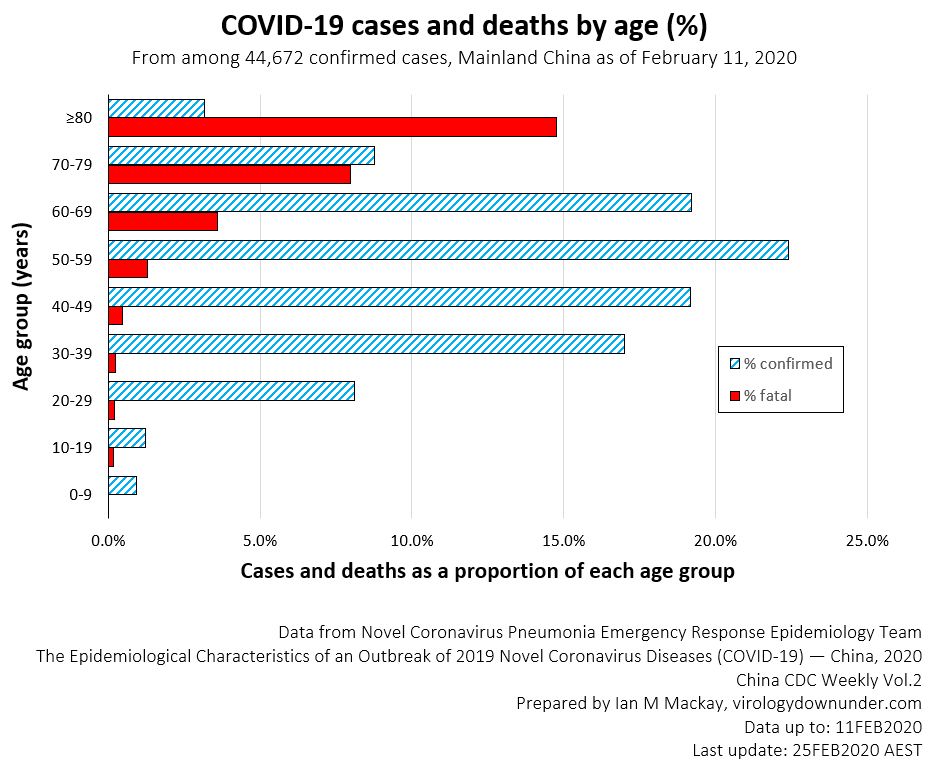Hi Everyone;
With all the current news on the COVID-19 spread, it is important for you to remain calm and review with staff your business continuity plan. Don’t have a formal plan yet, OK, well now is a good time to put one together.
A business continuity plan simply identifies ways to mitigate impacts from an unexpected threat (COVID-19) on your normal daily operations.
You have already survived more than a few unexpected crisis (North-east blackout of 2003, SARS, Financial Crash of 2008, etc) OK, sorry to bring back all those bad memories, but I just wanted to highlight that this isn’t something you have never had to deal with in the past. You have already survived several serious events and here you are – it isn’t catastrophic. You simply need to plan and mitigate. Put together a plan and review this with your team.
To help protect you, your customers and your business livelihood, you need to:
- Plan for employee sickness and absence:
If staff become ill, local health agencies recommend that these individuals should be isolated (confinement at home). You don’t want sick people coming to work. We all have bills to pay, so you should plan on continuing their salary during their illness. You don’t want sick people at the office cross infecting because you left them no other option. - Offer Remote Access:
Key staff should have access to the office from a remote office in the event they need to isolate. Your current equipment offers secure access to individual employees. Please have staff test and confirm access for their home environment. Please let us know if you need additional accounts or staff report issues with a connection. - Complete Cross Training:
Have staff work with another staff member who has a different job. Then, on a different day, let the roles reverse and have one staff do the other persons’ job. You want to get the basic operational knowledge passed around. Have the staff write down instructions and notes (Document the general processes). This process is typical of ISO9000 quality management systems methods and works well to document business processes and creation of clear quick-reference guides. - Lastly – practice and encourage good hygiene:
-
- Wash your hands with soap and warm water while singing Happy Birthday twice – hand washing should last 20 seconds.
- Wipe down your cell phone, office phone, mouse and key board – these are dirt and germ magnets.
- Don’t touch your face – I know this is difficult but try.
- Skip handshakes – there are lots of other options (the foot tag, a wave, a bow etc …)
If you don’t feel well and show symptoms – protect others and self isolate. If you have symptoms like persistent cough, a high temperature or difficulty breathing (COVID-19 Symptoms) , self isolate. Wear a mask to help protect others and call telehealth.
Remember, in Canada, we have a world class healthcare system and special expertise to deal with this risk. Following the SARS event here in Canada, our federal government and provincial health care systems developed a Pandemic Action Plan and Procedures Protocol. This plan is used for all future pandemic outbreaks. Most other countries are just now trying to write a manual. We however, already have it available and we are executing the action plan now. Our heath care system is prepared for this outbreak.
In China, there are over a million mildly infected COVID-19 cases that have completely recovered. Over 75% of the population have already returned to work in areas that have been under quarantine. It’s the nature of the virus. Most people will get a mild flu and will recover by resting and eating a healthy diet.
Take care of yourself and your staff – and don’t panic.
Thanks
Dave
Further Reading:
Both The Lancet and World Health Organization (WHO) have lots of accurate and informative information available for you to review:
https://www.thelancet.com/journals/lancet/article/PIIS0140-6736(20)30185-9/fulltext#tbl1
https://www.who.int/emergencies/diseases/novel-coronavirus-2019


